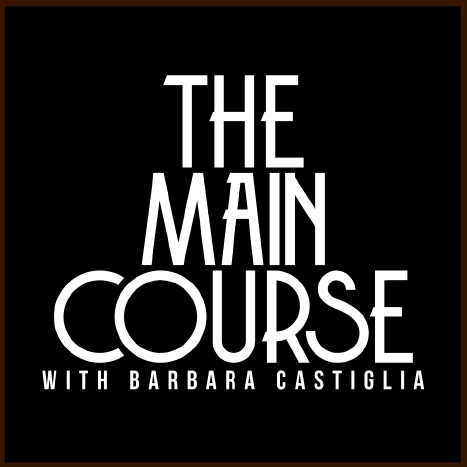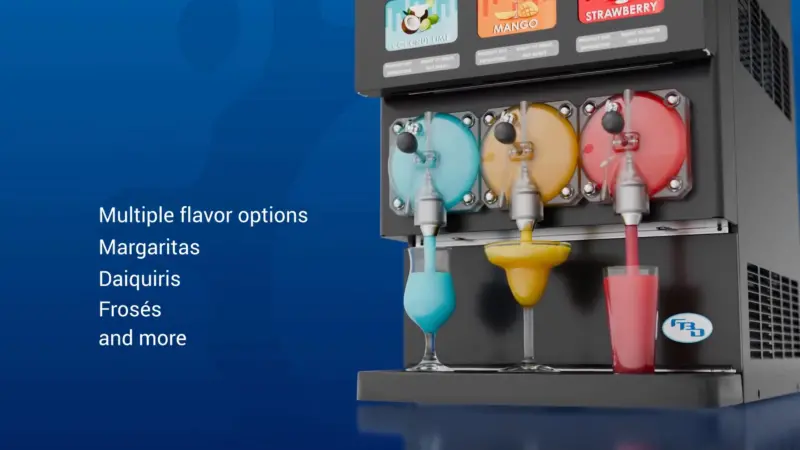How AI is Predicting Restaurant Needs
Food is serious business. Now, on The Main Course, host Barbara Castiglia will invite insiders on the front lines of food to share their expertise, strategies, and forecasts for navigating the ever-changing restaurant industry.
The restaurant industry leaned on technology solutions in 2020, adopting them at a record pace. The Main Course is always keen to talk about some of these revolutions. Today, host Barbara Castiglia chats with Jerry Abiog, Co-Founder and CMO of Standard Insights, an AI as a service growth marketing platform that recently launched iOrder digital menus.
Before starting Standard Insights, Abiog spent many years in marketing roles for software companies. He consulted on an AI project that failed but learned a lot. “We tend to learn the most from failures. From that, I learned, every software platform has to be easy to use and solve problems. I also realized something was bubbling on the surface for AI-driven applications,” he said.
A few years later, Standard Insights began its pursuit of bringing its AI platform to business. They started in eCommerce but soon expanded to the restaurant industry.
“We moved into the restaurant space because McDonald’s purchased a competitor, so we knew others would soon follow. Also, another co-founder owns a restaurant,” Abiog added.
They pitched it to restaurants with little interest in 2019. In 2020 when COVID started, it was a new era, one where digitization was key. “We knew there would be huge potential for AI digital menus and named our product iOrder. The message was to keep restaurants safe and profitable,” Abiog said.
He explained that they do this in three ways—driving sales, improving the customer experience, and preventing customer indecision by telling them what to do next.
The platform includes a digital menu ordering system with AI-fueled recommendations that improve as the system “learns” the customer. It can offer customers pairing suggestions to drive up the average order value. Based on historical data, the solution also predicts how many dishes and what kind the restaurant will sell. This knowledge helps them purchase with more accuracy and eliminate food waste.
Online ordering, whether from home or in the restaurant, is likely to stay, Abiog believes. “Technologies will stick around because people are used to them,” he commented.
A New Episode is Served Up Every Tuesday and Thursday!
Follow us on social media for the latest updates in B2B!
Twitter – @MarketScale
Facebook – facebook.com/marketscale
LinkedIn – linkedin.com/company/marketscale




